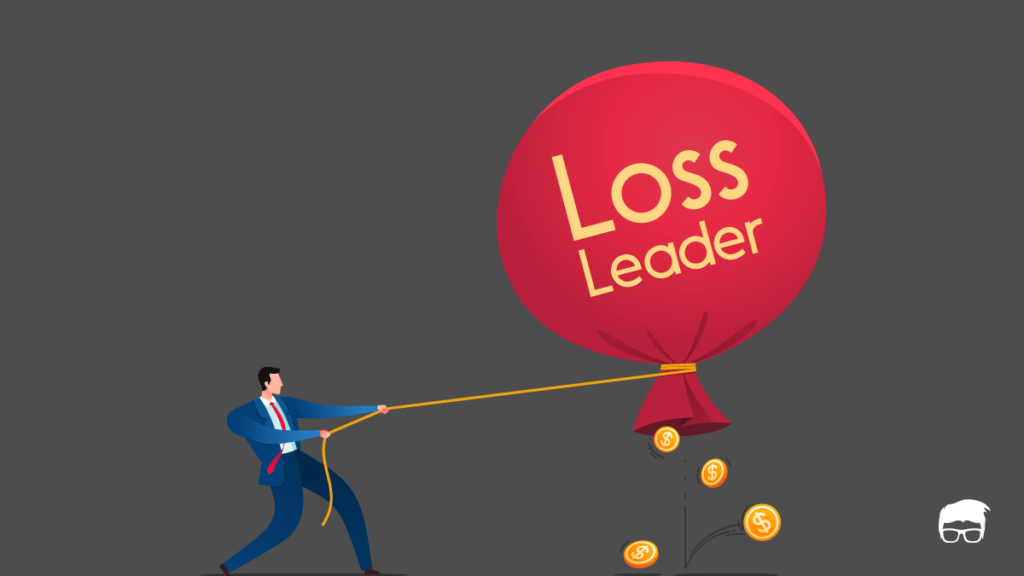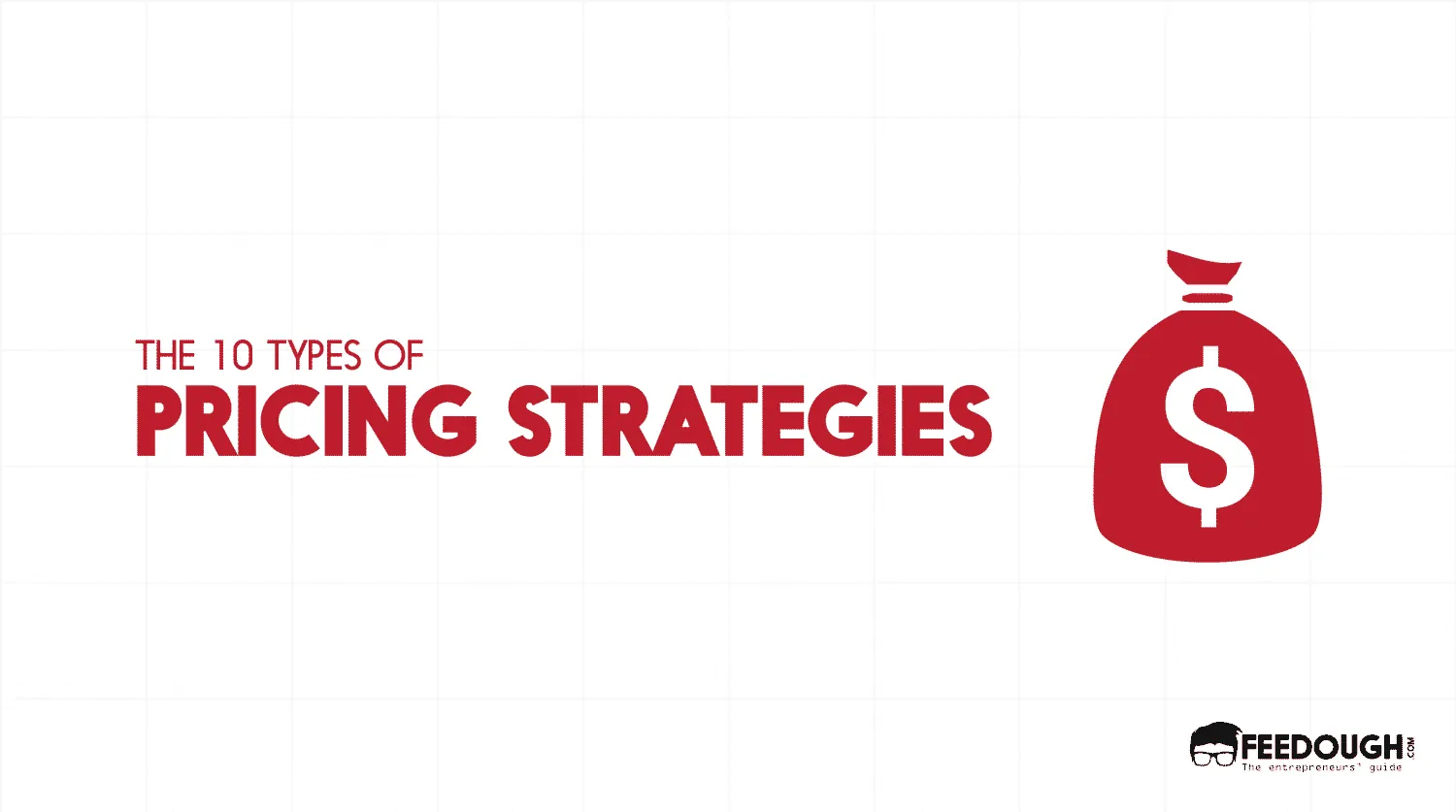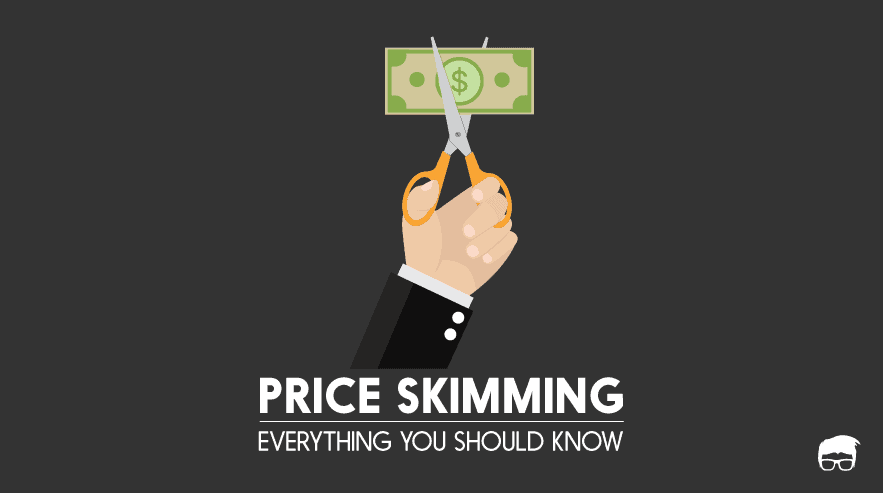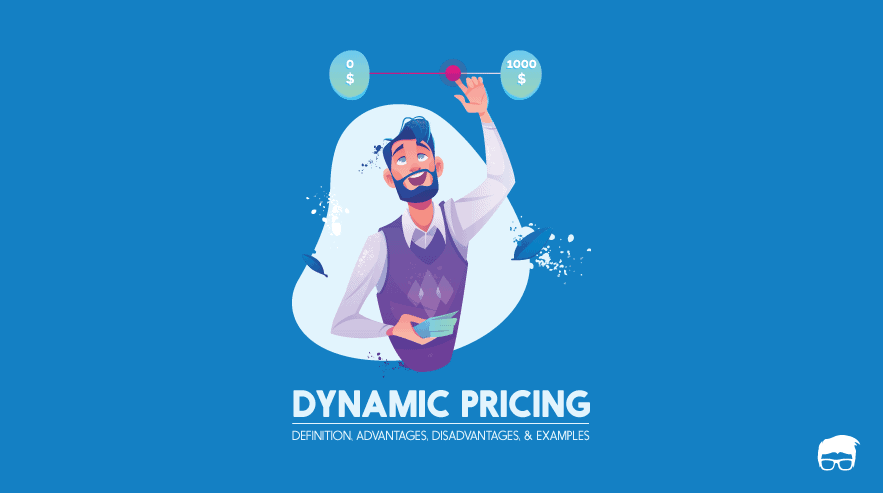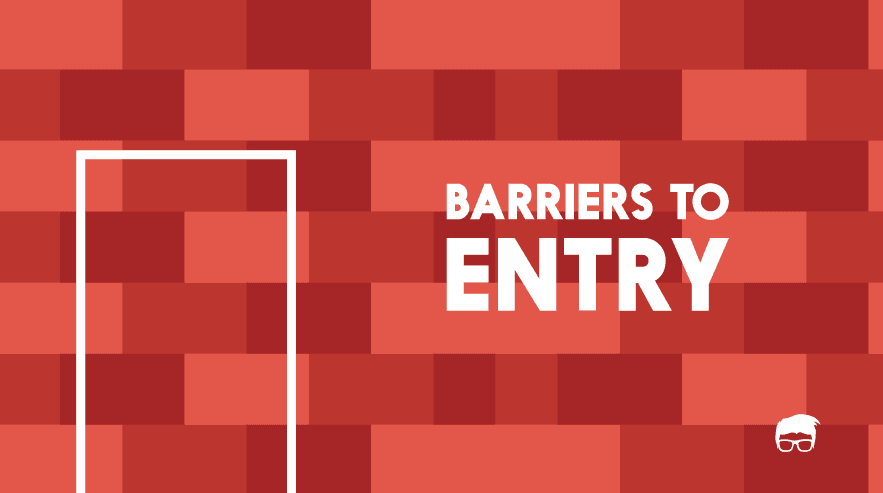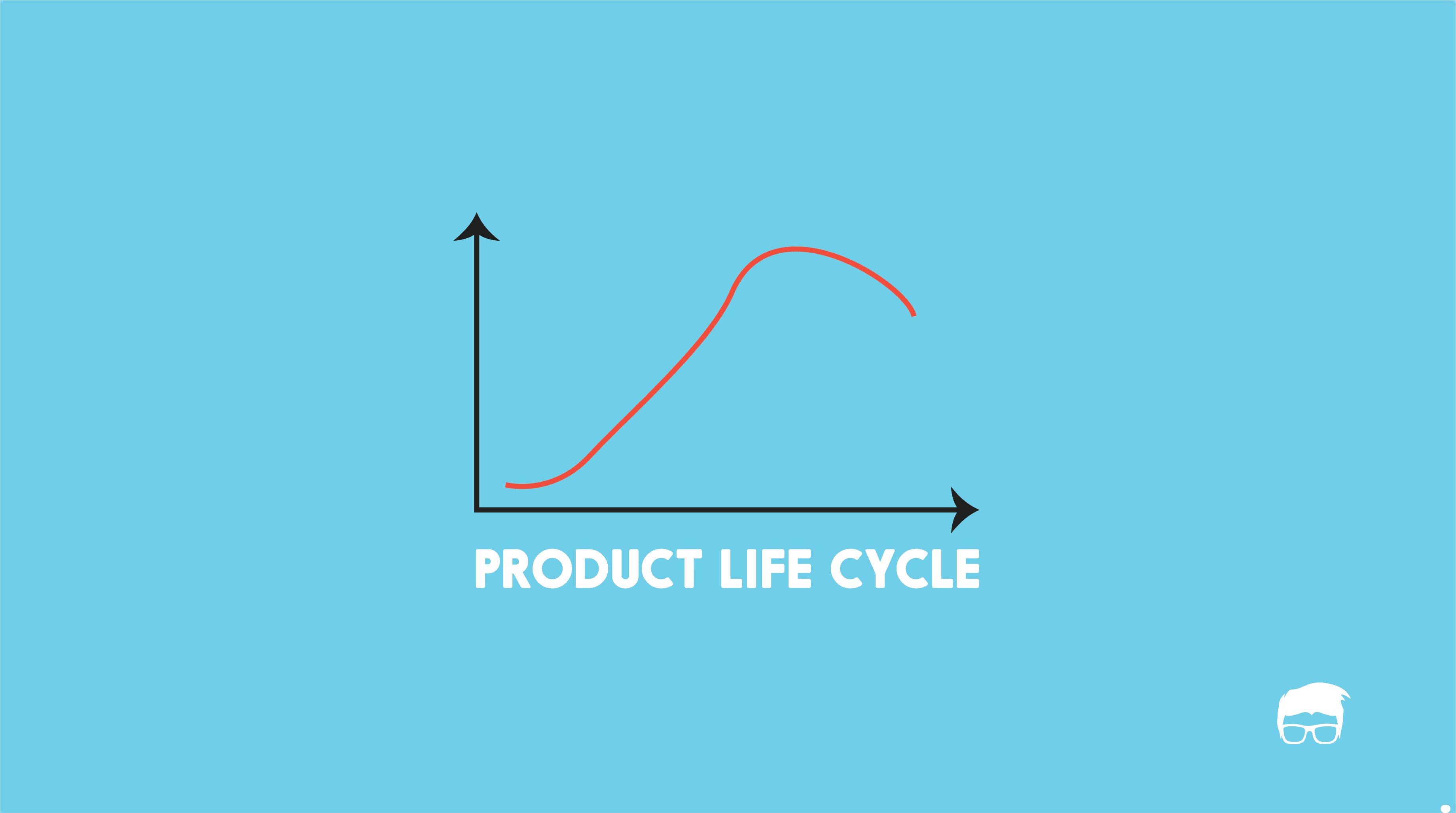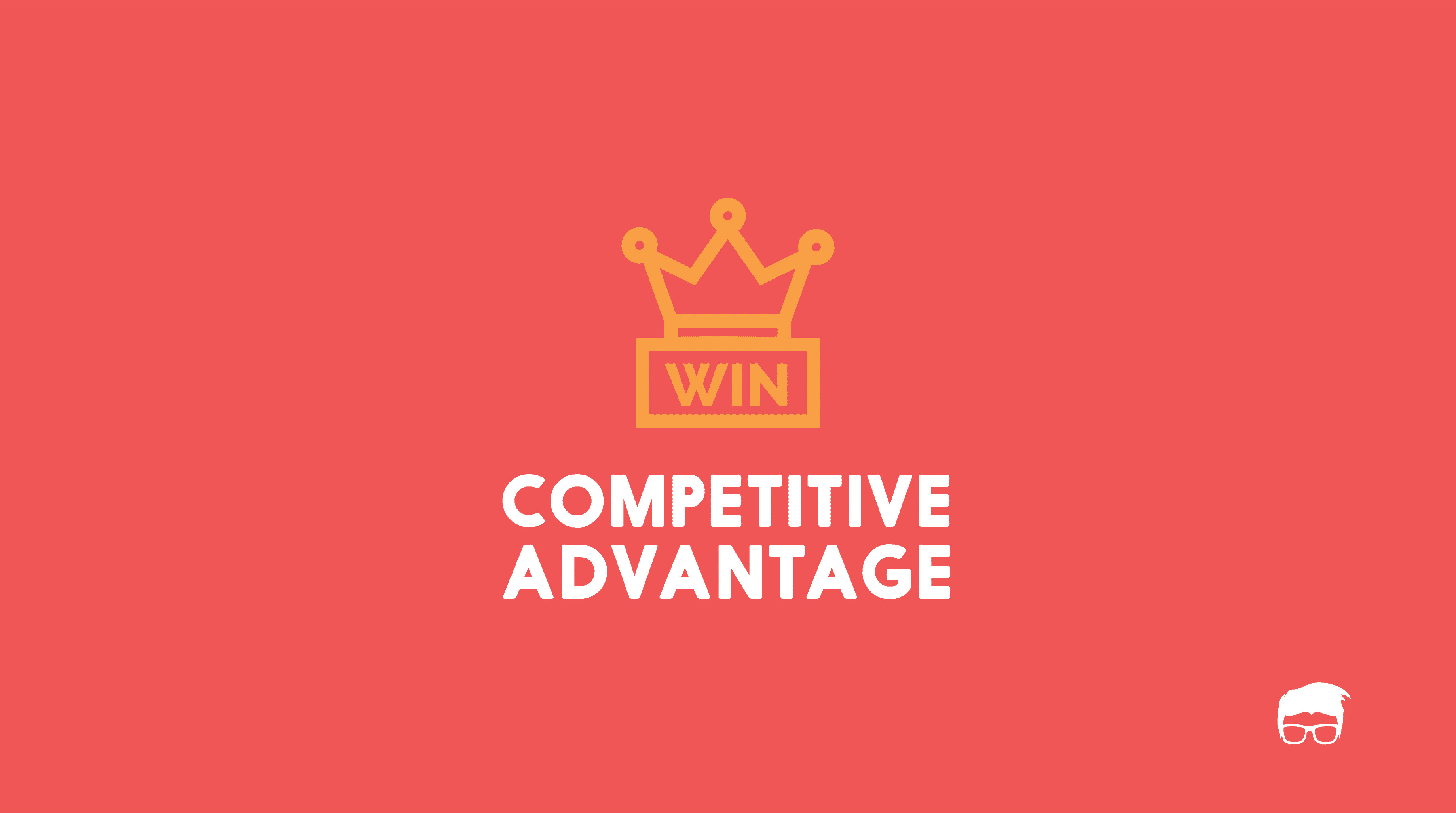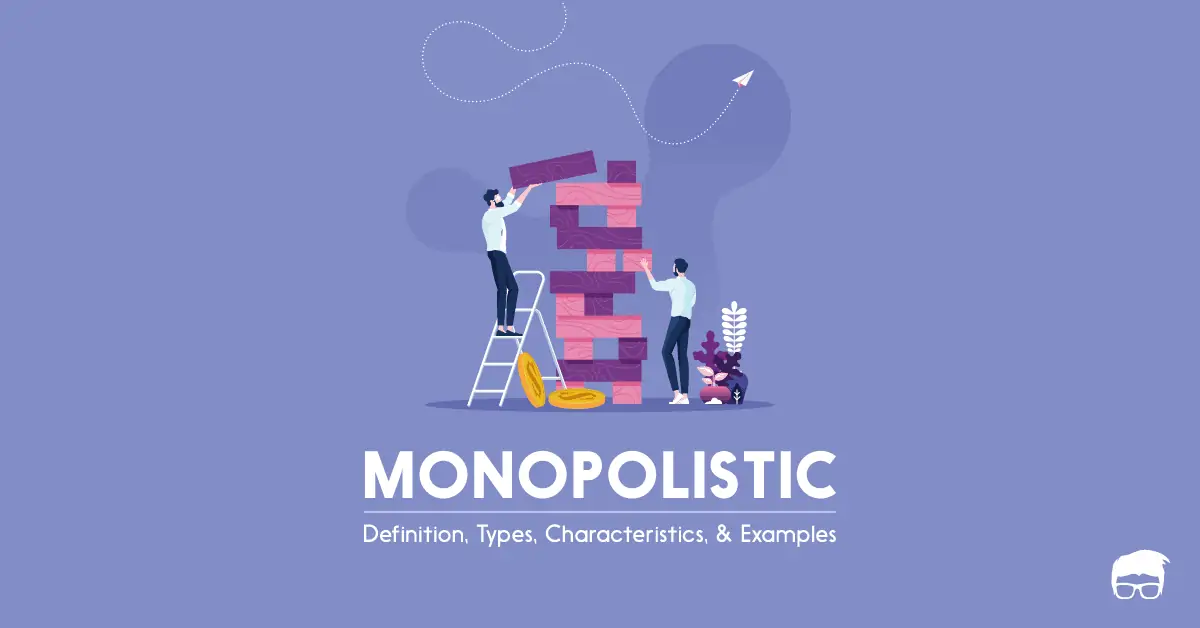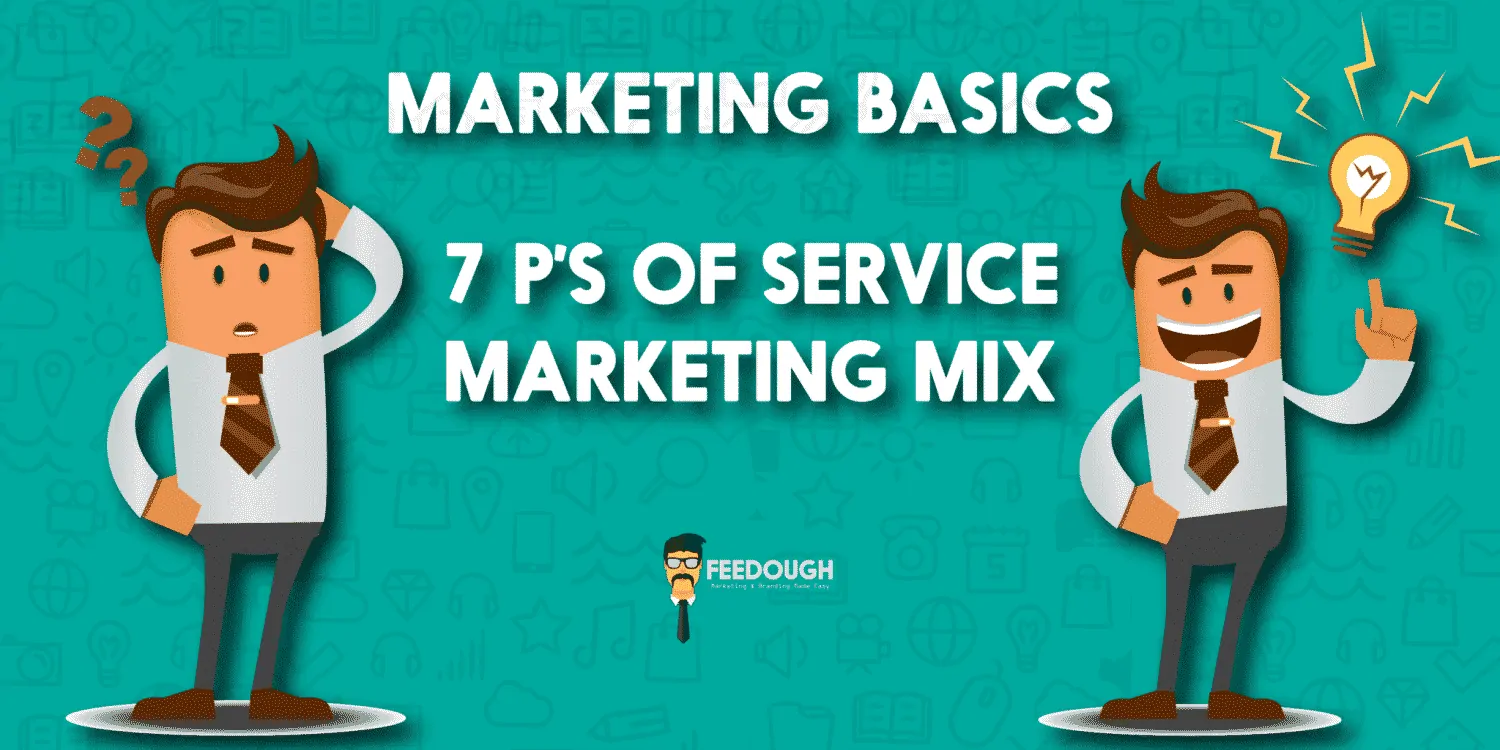High competition has made it hard for businesses to sustain and thrive in the market for long. Besides marketing strategies, businesses today develop various predatory pricing strategies to attract more customers and increase sales.
Sometimes, such pricing strategies can become so aggressive that the businesses even price their goods below the cost price to get more customers.
But even this strategy, if properly executed, often results in profits to such businesses.
It’s the loss leader pricing strategy, and big brands like Walmart, Amazon, McDonald’s, etc. widely use it to build their empires.
But what is loss leader and how does it turn out to be profitable?
What Is Loss Leader?
A loss leader or loss leader pricing is a pricing strategy where a business sells an offering at a loss to lure more customers and sell them additional profitable offerings.
Take the example of a grocery store to understand this strategy better. To increase the footfall, the store owner priced essentials like milk and meat at a lower price and marketed it everywhere. However, he placed these goods at the back of the store that forced customers to map the entire store just to purchase essential goods.
It is expected that, along the way, the customer might pick up one or two more products.
These additional purchases cover up the losses made on essential goods and help to increase the overall sales.
Why Is Loss Leader Pricing Used?
Loss leader pricing is usually used to:
- Attract more customers: Lower price is a predatory strategy to attract new customers to the brand or business.
- Minimise losses: Businesses use this strategy to sell their perishable goods, fashionable goods, and other goods that might lose their value after a certain time period. This strategy helps such businesses minimise the loss they would have incurred if the goods went unsold.
This strategy is referred to as a penetration pricing strategy when used to attract customers to a new business or a new offering.
Characteristics of Loss Leader Pricing
The main characteristics of the this strategy are:
- No profit margin: The product put up as a loss leader is always priced below or equal to the product’s actual cost, leaving no margin for profits.
- Limited Stock: The products sold as loss leaders are usually kept in limited numbers to discourage the customers from buying the products in large quantities.
- Utility Value: This pricing strategy is always used for products that have an established demand. This forms a pull-strategy that pulls the customer to the product paving the way for other push strategies like upselling and cross-selling.
Advantages & Disadvantages of Loss Leader Strategy
The loss leader strategy comes with its own set of advantages and disadvantages.
Advantages
The main advantages of loss leader pricing are:
- Enter New Markets Easily: In the initial days of operating a business, it is difficult to get new customers as they are always sceptical when trying out new products. In this case, loss leader strategies are used to make people buy and try out new products.
- Builds a Customer Base: By selling products at a low price, a business attracts more customers and expand its customer base.
- Increase in Sales: Loss leader is a clever strategy in which the product, sold at a loss, is just a means to increase the traffic of customers and make them purchase additional products, thereby, increasing the overall sales and compensating for the loss made on the cheaper products.
Disadvantages
The major shortcomings of this pricing strategy are:
- Risk of Loss: There is a pretty good chance that the strategy won’t work. In that case, the number of customers and profit margins will not increase.
- Cherry-Picking: Cherry-pickers are those customers who solely purchase loss leaders. They don’t purchase any additional products, thereby defeating the whole purpose of implementing loss leader pricing strategies.
- Negative Quality Perception: If the product’s price is too low, the customer might presume the product to be of poor quality. This will harm the brand image, and the strategy will not work.
- Legal Implications: In many US states, the use of the loss leader strategy is against the law as it is considered predatory.
Examples Of Loss Leader Pricing
Here are a few great examples of loss leader pricing.
Gaming Consoles
Video game consoles like Xbox and PlayStation may seem expensive. But in reality, these are usually sold as loss leaders. The console-making companies know that once the console is sold, the customer will buy games for it, where they make most profits.
In this way, the company uses consoles as loss leaders to promote the sale of profitable video games.
Gillette
Gillette is one of the most famous examples of a company that uses loss leader strategies.
It sells its mechanical razor at a low price to attract new customers. The company knows that the customers will have to buy replacement blades and here they make most of the profits. This strategy allowed Gillette to sell its other products such as after-shave, deodorant, etc.
The company has been using this strategy for a long time and has become a leading brand in the razor industry.
Amazon Kindle
Amazon is yet another company that used this pricing strategy with its Kindle. They kept the prices of Kindle low and made money by selling ebooks. Since Kindle won’t work without ebooks, Amazon can easily sell them at higher profit margins.
Amazon uses this on many products to attract more customers and suggest complementary products to increase its profit margin.
Go On, Tell Us What You Think!
Did we miss something? Come on! Tell us what you think about our article in the comments section.
A budding entrepreneur who loves to read. He has a knack for research work, writing, and creating his own music.
